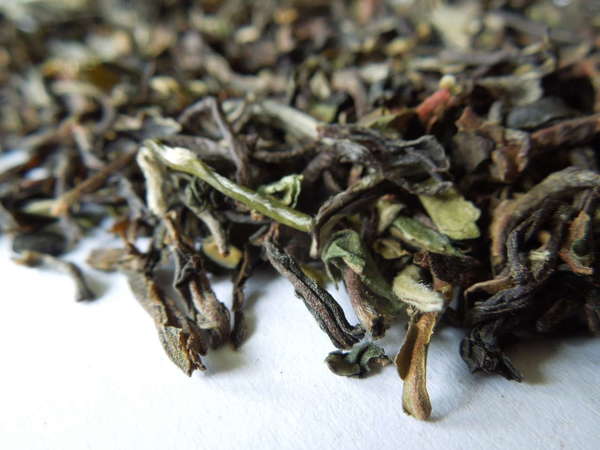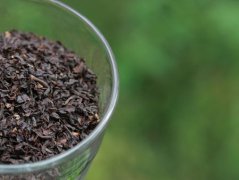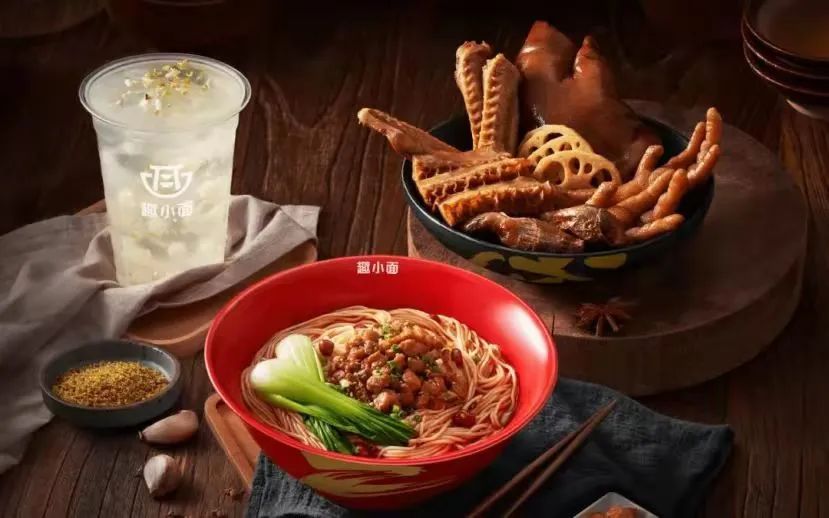How to distinguish between Assam black tea and Darjeeling black tea? Exquisite description of Darjeeling black tea flavor
If you have read a little black tea, you may have heard of Darjeeling Tea. Like Assam tea, it is one of the most popular black teas in India. The uniqueness of this black tea lies in the taste of its unique musk wine. Here, you can learn more about Darjeeling Tea, including different tea types, cultivation history and its unique flavor. What is Darjeeling Tea? Darjeeling Tea is a kind of black tea grown in Darjeeling, West Bengal, India. This kind of tea is different from other Indian black teas, such as Assam tea, because it is made from different varieties of tea trees. Most Indian teas are made from a kind of tea called camellia, and this black tea is made from a Chinese variety called camellia. This kind of tea tree is characterized by smaller leaves and stronger aroma. This variety is also used to produce green tea, white tea and oolong tea. Introduction to Darjeeling Tea's flavor since Darjeeling Tea is a kind of black tea, it is often used as the basis for masala chai and other seasoned teas, such as Earl Grey Tea. Due to the presence of tannins and the taste of civet, this Indian black tea offers a bold astringent taste, which is clearly sweet and characteristic of spicy musk. The taste of the first tea is different from that of the second tea. Early tea tends to be mild, while later harvested tea has higher convergence characteristics. Darjeeling Tea's unique flavor is created through a charming process in the process of planting. Insects such as leafhoppers and thrips suck the juice of the tea, causing slight damage to the tea. Plants respond by producing terpenes, which are used to repel these insects. The high terpene content is the reason for the musk taste of this Indian tea.

Like many other Indian black teas, Darjeeling Tea's history dates back to the 19th century. In 1841, a man named Archibald Campbell (Archibald Campbell) brought the seeds of Chinese tea trees to Darjeeling, where he served as sheriff. He obtained seeds from tea trees in Kathmandu, Nepal, and began experimenting with planting tea trees in Darjeeling. Within a few years, the British colonists began to sell tea on a large scale. By 1856, the first tea garden called Arubari had been established. Today, this kind of tea is one of the most popular black teas because of its unique taste characteristics. In India, this kind of tea is also protected by law. Only tea produced in specific tea gardens such as Sardar, Nine cities and Xiliguri can be sold as Darjeeling Tea. The certification process is overseen by the Indian Tea Committee and is similar to the certification of European cheese, wine and champagne. As mentioned earlier, Darjeeling Tea is mainly brewed in the form of black tea. Darjeeling black tea is usually harvested between spring and autumn. The first tide occurred in mid-March, and Rain Water gradually decreased in spring. The first Darjeeling tea is mild-bodied with slightly fruity and floral aromas. The second bumper harvest was in June. Darjeeling Tea is amber with a strong musk fragrance. The last red tide, also known as autumn red tide, occurs in late autumn. Autumn tide black tea has a softer body, darker colors, and bolder taste records. However, Darjeeling Tea can also refer to all kinds of green tea, white tea and oolong tea. The following are the characteristics of Darjeeling white tea, oolong tea and green tea.
Important Notice :
前街咖啡 FrontStreet Coffee has moved to new addredd:
FrontStreet Coffee Address: 315,Donghua East Road,GuangZhou
Tel:020 38364473
- Prev

Is Assam milk tea made in India? Introduction to the Origin of the Historical Story of Assam Black Tea in India
For centuries, black tea was considered to be Chinese territory until a new variety was discovered in India. Assam black tea rose to fame and quickly became the main competitor of China's tea monopoly. Nowadays, Assam black tea is popular because of its chocolate taste and rich taste. Black tea not only tastes good
- Next

Does Lu Zhengyao's new company have any money? The founder of Ruixing, Lu Zheng Yaoxi, has 106 stores valued at 1 billion.
Lu Zhengyao, the founder of Ruixing, who was forced out because of a financial incident, has become the focus of everyone's attention. Funny noodles, a restaurant brand owned by Luckin Coffee founder Lu Zhengyao, is looking for a round of financing, according to an exclusive report from Tech Planet. According to informed sources, the current round of financing "interesting noodles" is valued at 1 billion yuan and is expected to raise 100 million yuan. On August 8 this year, Lu Zhengyao returned to the world and announced the creation of a new
Related
- The milk tea cup becomes smaller?! Overlord Tea Girl launches a new "Return to Yunnan" series
- Accused of selling counterfeit and high-priced coffee beans! Well-known boutique coffee brand "Oukelao" bowed and apologized!
- How to make espresso dumplings? Can I eat coffee and glutinous rice balls together?
- Save the unformed and stagnant powder cakes in one second! What is the problem with stagnant water in the powder bowl of the espresso machine?
- What does hand-brewed coffee stop mean? Why is it not recommended to make coffee by hand?
- Is it normal to smell like coffee? Why does coffee smell like alcohol? What's wrong with the strong smell of cold extract ice dripping ice brewed coffee?
- How to solve the problem that hand-brewed coffee extraction takes too long? Why is the water flowing so slowly when making coffee?
- The main points of making Australian white coffee, the proportion details, how does Australian white properly foam and blend the flowers?
- Can ice water make cold extract coffee? What is the difference between room temperature water and ice water for making cold coffee?
- What milk is best for making latte and white Dirty coffee? What is the difference between different brands of fresh milk and pure milk for making coffee?

